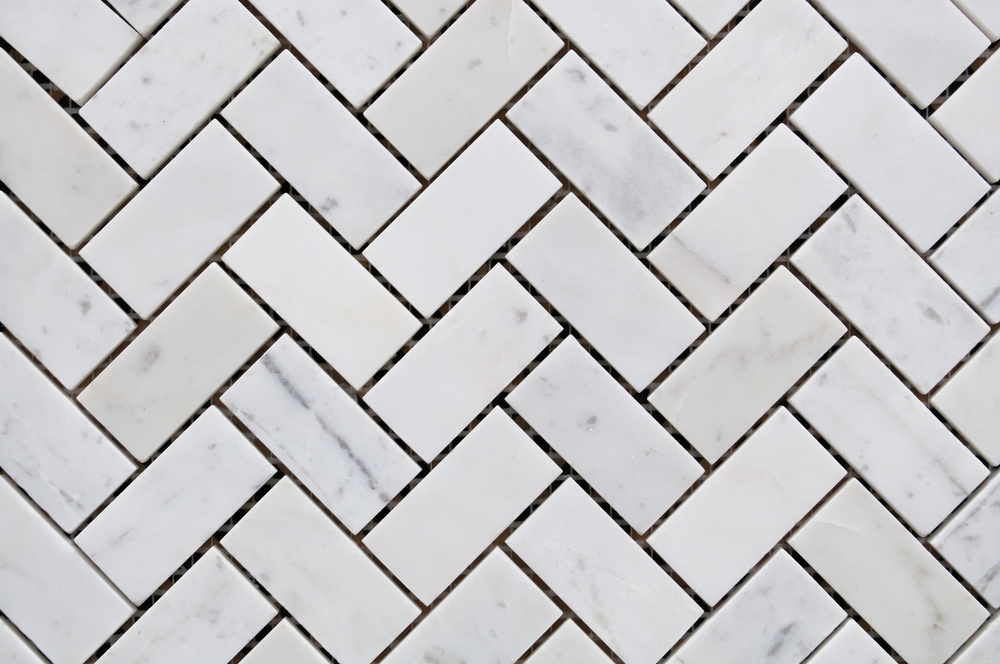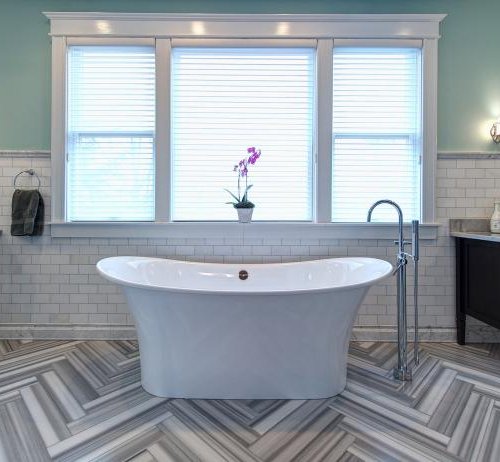Introduction
When it comes to refreshing a bathroom, few design choices strike the perfect balance between classic and modern like subway tiles. Known for their clean lines and versatility, subway tiles can transform a plain bathroom into a stylish retreat. Whether you’re aiming for timeless elegance or a bold contemporary look, subway tiles provide endless design possibilities.
History and Origins of Subway Tiles
Subway tiles first appeared in 1904 in the New York City subway system. Designers George C. Heins and Christopher Grant La Farge created the iconic 3×6-inch glossy white tiles to address both aesthetics and function. Their reflective surfaces brightened dim underground tunnels, while the smooth finish made them easy to clean. Over time, this practical design element spread from subway walls into homes, establishing itself as a staple in kitchens and bathrooms.
Why Subway Tiles Are Timeless
Subway tiles have endured for over a century because they’re simple, adaptable, and elegant. Their rectangular shape and neutral tones work in nearly every design scheme, from traditional to ultra-modern. They act as a backdrop that lets other elements shine, yet they can also take center stage with creative patterns or bold grout. This balance between subtlety and impact is what makes them timeless.
See more: How To Pick The Best Tiles For Bathroom Transformation
Different Types of Subway Tiles
Materials
- Ceramic: Affordable, durable, and available in countless colors.
- Glass: Reflects light beautifully, creating an airy, spacious feel in bathrooms.
- Marble and Stone: Adds natural sophistication and luxury.
- Metallic: Stainless steel or copper subway tiles create a sleek, industrial edge.
Finishes
- Glossy: Classic shine, enhances brightness.
- Matte: Soft and understated, ideal for modern spaces.
- Textured: Adds visual depth and tactile interest.
Sizes
While the 3×6-inch tile is the original, larger formats such as 4×12 or 6×12 are increasingly popular. Smaller variations and mosaics can also bring intricate detail to bathroom designs.
Creative Ways to Use Subway Tiles
Subway tiles go far beyond a standard horizontal layout. Here are some bathroom-specific inspirations:
- Herringbone Layout: Creates dynamic movement and adds a designer touch.
- Vertical Stacking: Enhances height and makes small bathrooms feel taller.
- Contrasting Grout: Black grout with white tiles creates bold definition.
- Accent Walls: Use colorful or textured subway tiles for a striking shower or vanity backdrop.
- Mixing Materials: Combine marble subway tiles with ceramic ones for depth and character.
How to Choose the Right Subway Tiles for Your Space

Selecting subway tiles involves balancing aesthetics with practicality:
- For Small Bathrooms: Light-colored glossy tiles expand the space visually.
- For Modern Vibes: Large-format tiles in matte finishes offer clean sophistication.
- For Luxurious Appeal: Marble or glass subway tiles elevate elegance.
- For a Personal Touch: Experiment with bold colors like teal, navy, or blush.
Lighting plays a big role—tiles can look very different under natural versus artificial light, so always view samples in your bathroom before deciding.
Subway Tiles in Modern Interior Design
Today’s interiors embrace subway tiles as both functional and artistic. In bathrooms, designers mix them with wood vanities, brass fixtures, or natural stone floors for a layered look. They’re also paired with patterned tiles or bold wallpaper to create focal points. The versatility of subway tiles allows them to fit seamlessly into minimalist, farmhouse, coastal, or industrial bathrooms alike.
Installing Subway Tiles: DIY or Professional?
Installing subway tiles may look simple, but achieving a flawless finish requires precision. A small backsplash or accent wall might be manageable as a DIY project, especially with peel-and-stick options. However, full bathroom walls, showers, or complex layouts like herringbone are better handled by professionals to ensure durability and watertight installation.
Maintaining Subway Tiles
Subway tiles are prized for their durability and easy maintenance. Here are some care tips:
- Routine Cleaning: Mild soap and water are usually enough to keep them spotless.
- Grout Care: Grout can discolor over time, so consider sealing it annually.
- Avoid Harsh Chemicals: Especially on marble or natural stone subway tiles.
- Quick Wipe Downs: Prevent soap scum and water spots by wiping tiles regularly.
With proper maintenance, subway tiles can look as fresh decades later as they did on installation day.
Conclusion
Subway tiles are proof that design classics never go out of style. Their origins may be over a century old, but their appeal is stronger than ever, especially in bathrooms where beauty and practicality meet. Whether you want a sleek, modern sanctuary or a timeless retreat, subway tiles can transform your bathroom into a space that’s both functional and inspiring.

